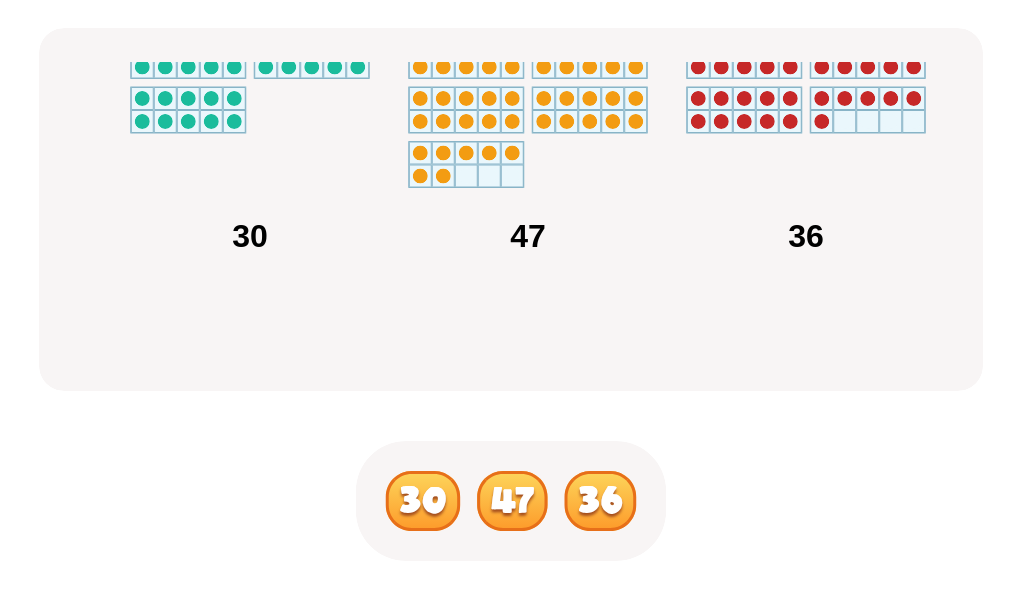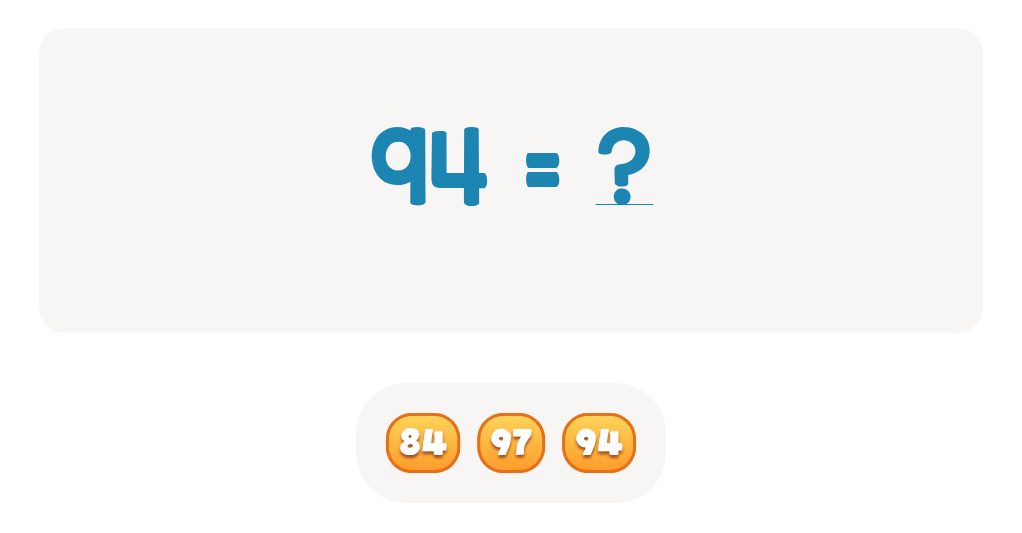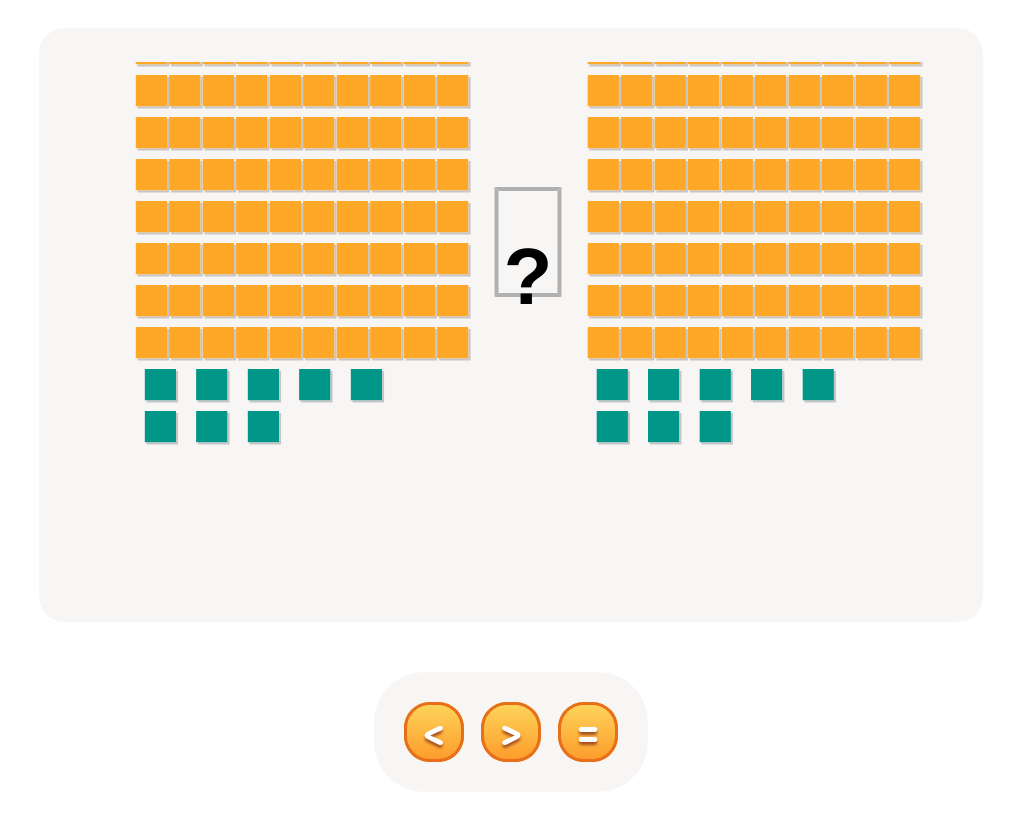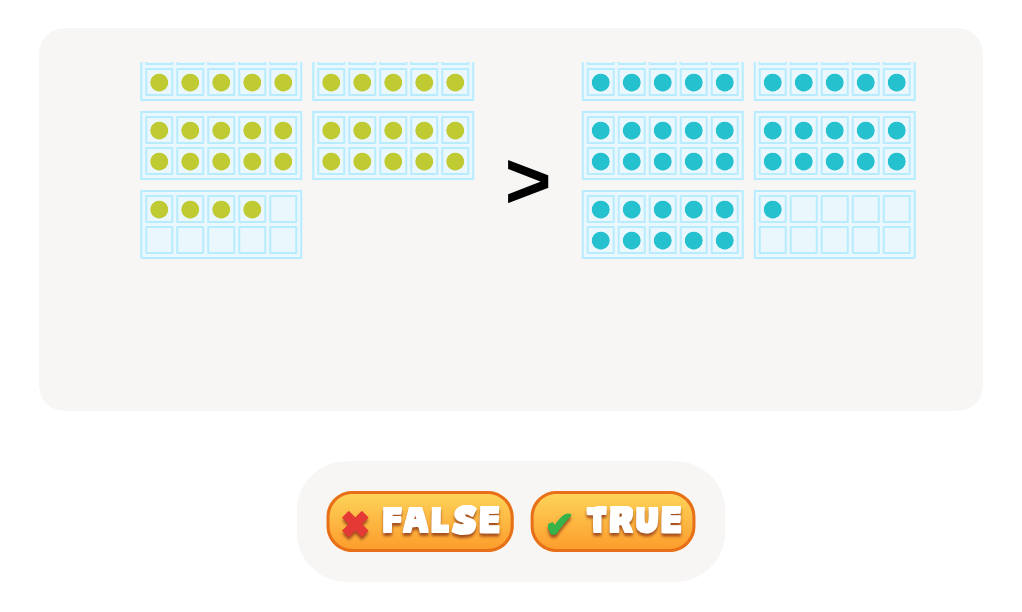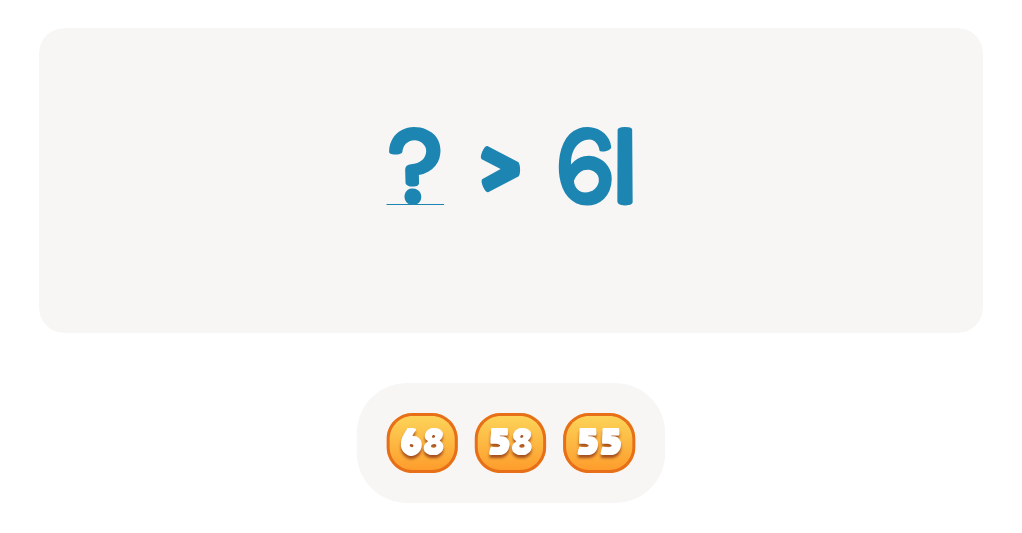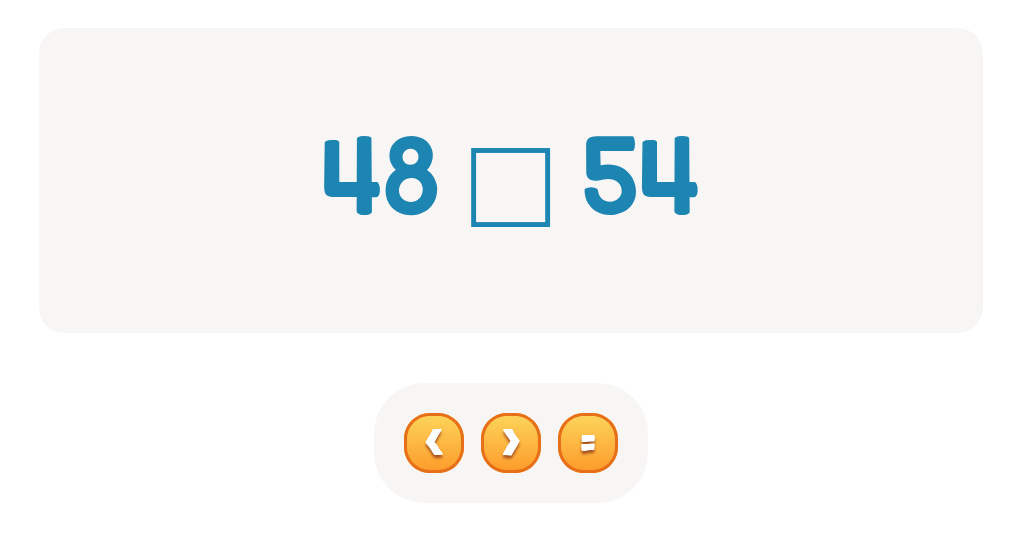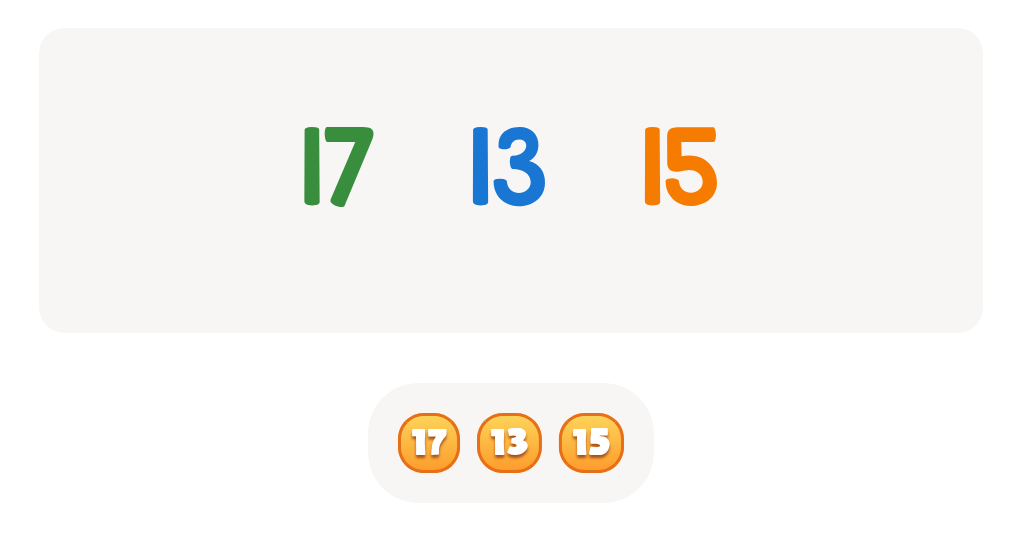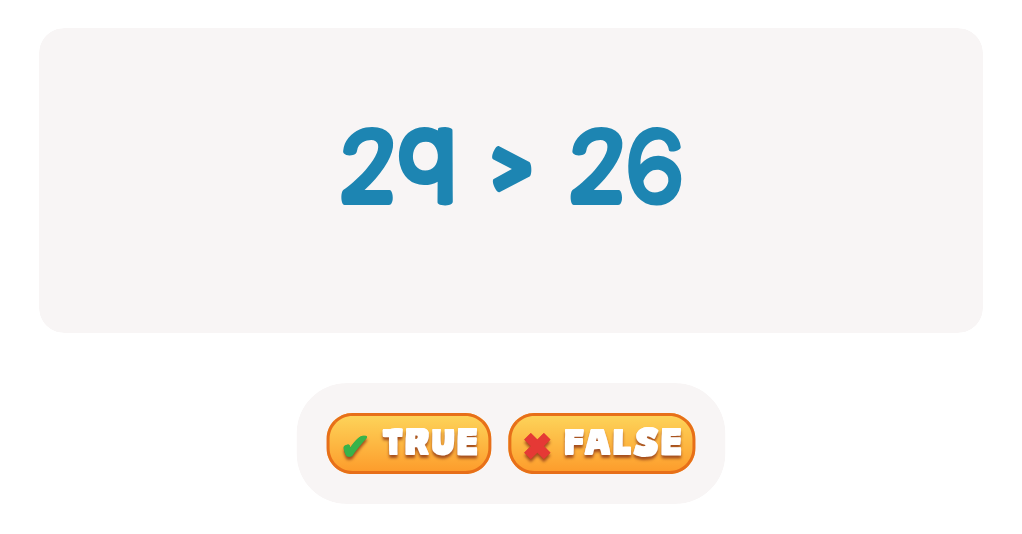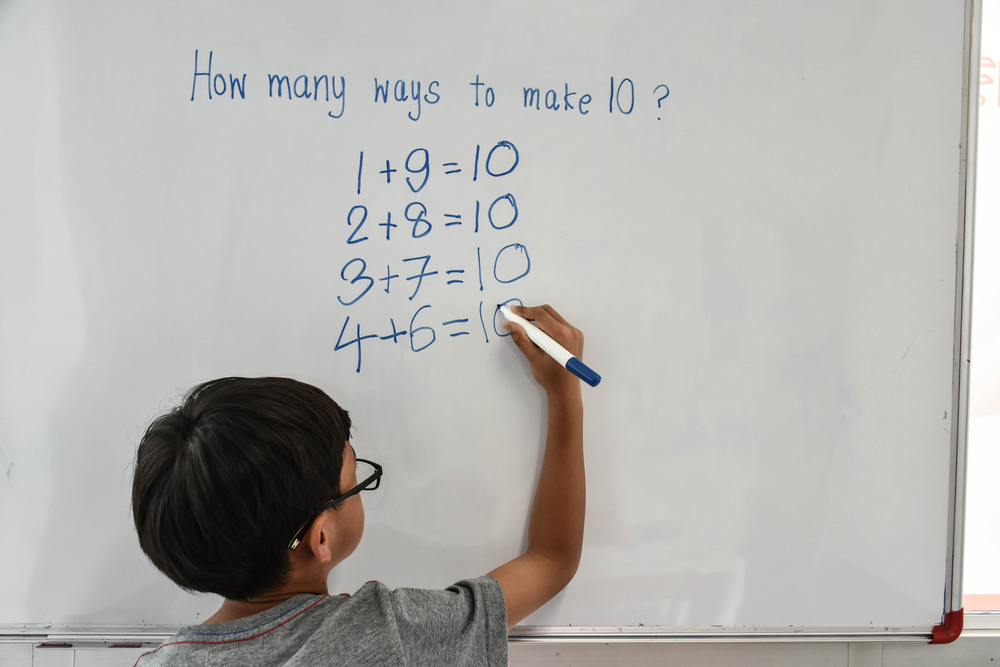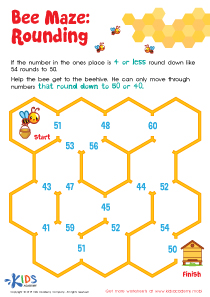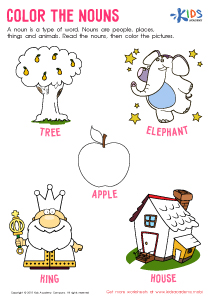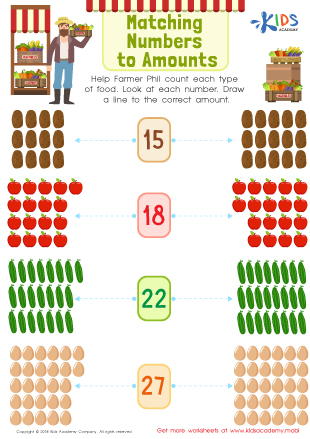Addition Practice Comparing Numbers Worksheets for Ages 4-8
3 filtered results
-
From - To
Enhance your child's math skills with our engaging addition practice comparing numbers worksheets, designed specifically for ages 4-8. These worksheets help young learners grasp the concept of addition while comparing numbers in a fun, interactive way. Each activity focuses on building confidence and foundational math skills, encouraging children to analyze and understand numerical relationships. With colorful illustrations and age-appropriate exercises, your child will enjoy practicing addition and improving their critical thinking skills. Whether at home or in the classroom, our worksheets provide a stimulating learning experience that supports early math education. Start their math journey today and watch them thrive!
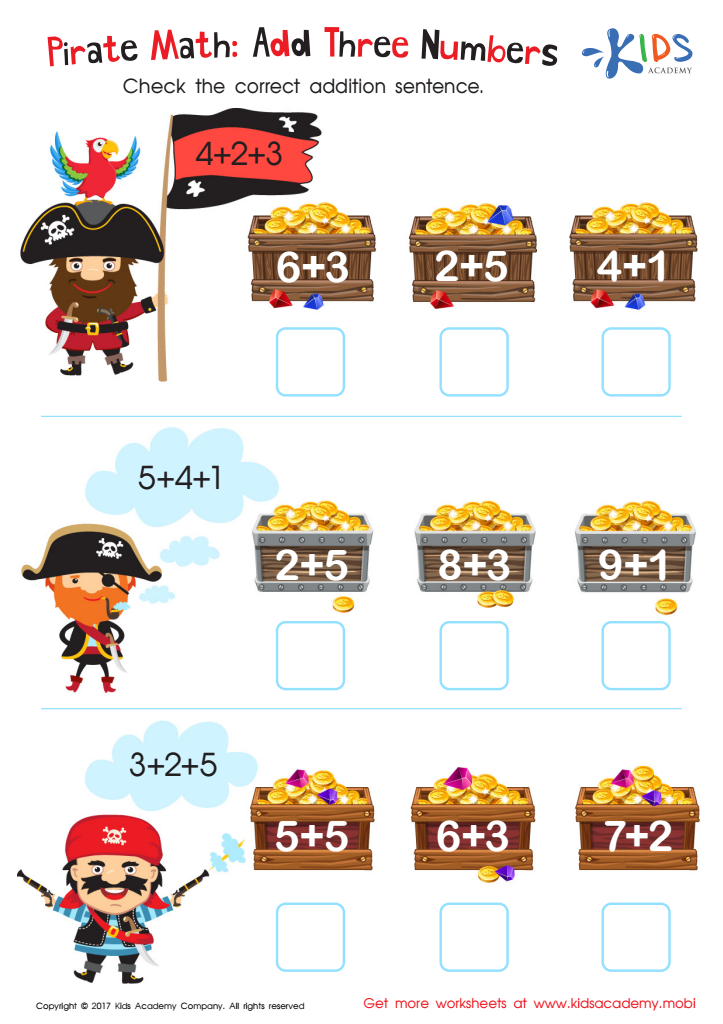

Pirate Math Printable


Compare Numbers Printable
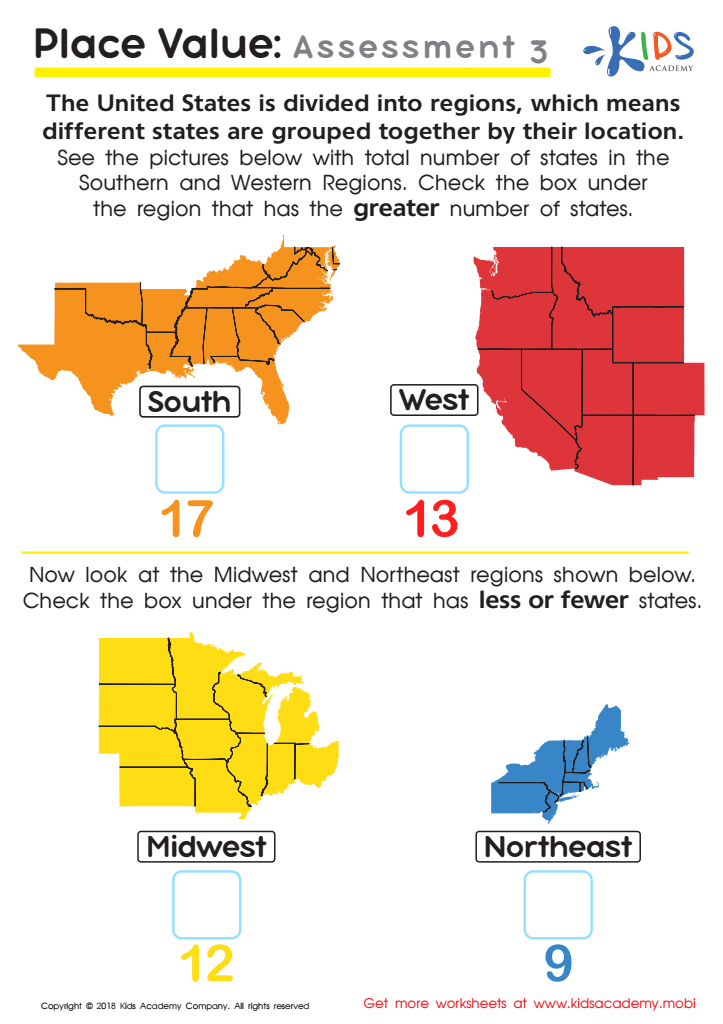

Place Value: Assessment 3 Worksheet
Addition practice and comparing numbers are essential components of early math education for children aged 4-8. At this stage, children are developing foundational skills that will set the groundwork for future learning. Engaging in addition practice helps children understand the concept of quantity and the relationships between numbers, fostering their ability to solve problems and develop critical thinking skills. This knowledge builds their confidence and encourages a positive attitude towards math.
Additionally, comparing numbers allows children to develop number sense—the understanding of the size and magnitude of numbers. By learning to recognize which numbers are larger or smaller, children enhance their ability to categorize and organize information. This skill not only aids in mathematical concepts but also lays the groundwork for data interpretation in everyday contexts.
Moreover, early mastery of these concepts contributes to academic success, equipping children with the tools they need for more complex math operations in later grades. It supports cognitive development, encouraging logical reasoning and analytical thinking. For parents and teachers, prioritizing addition practice and comparing numbers is crucial for fostering a love of learning in children and ensuring they are well-prepared for future academic challenges. Engaging children in fun and interactive ways at this age can significantly bolster their enthusiasm for learning.
 Assign to My Students
Assign to My Students
